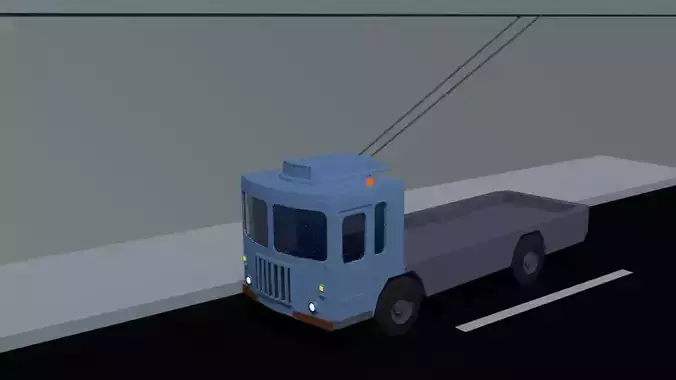1/5
Operating principle: Electric buses operate by using power from wires hanging on the road. The energy from this wire is transferred to the vehicle through a conductive device mounted on the hood or roof.History: Electric buses have existed since the late 19th century, and became popular in many cities around the world in the 1930s and 1940s. In the following decade, with the development of fossil fuel buses school, the number of electric buses has decreased significantly.Advantages: Electric buses can operate cleaner and quieter than other vehicles using internal combustion engines. It can also help reduce emissions and noise in urban areas.Limitations: One of the main limitations of electric buses is their reliance on overhead wiring, which limits the routes on which they can operate. The system also requires periodic maintenance and can be affected by bad weather.Modern developments: Some cities around the world have maintained or expanded their electric bus networks, especially in urban areas with high density and large public transport needs. New technologies, including wireless power transmission systems, are also being researched to improve the performance and flexibility of electric bus systems.
REVIEWS & COMMENTS
accuracy, and usability.





